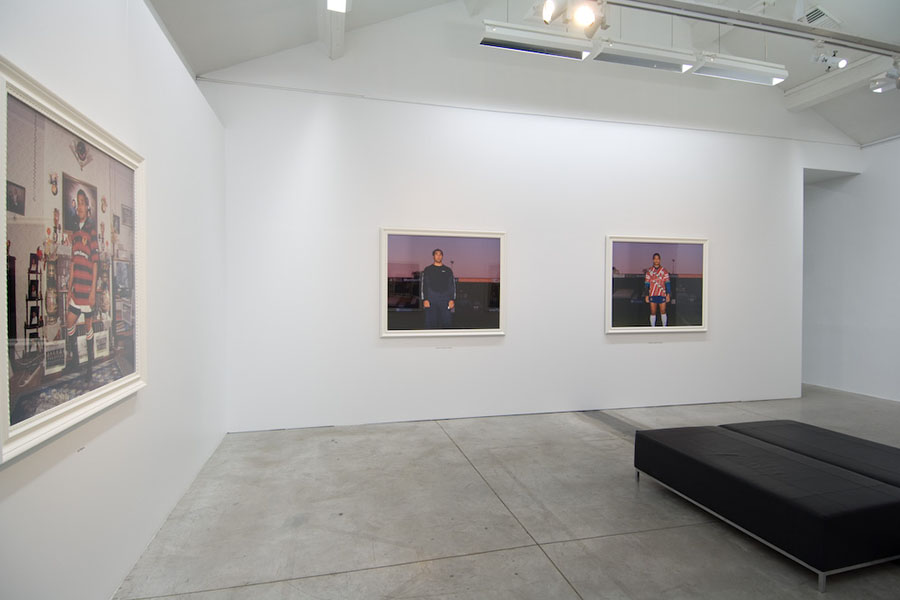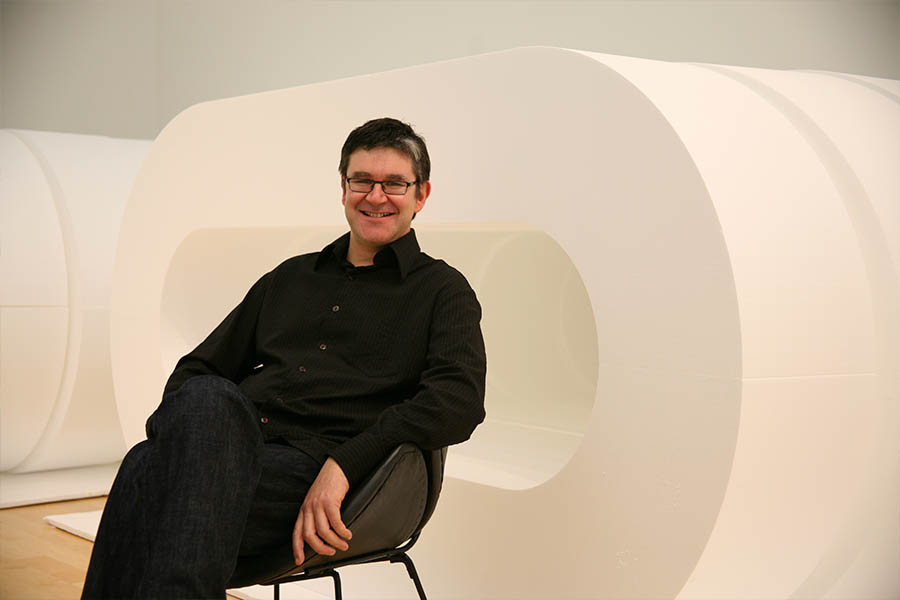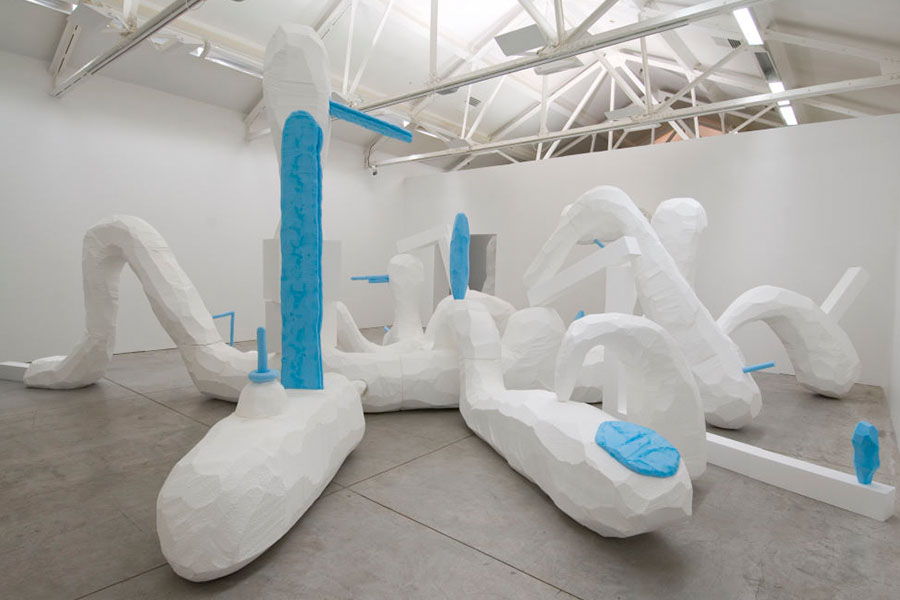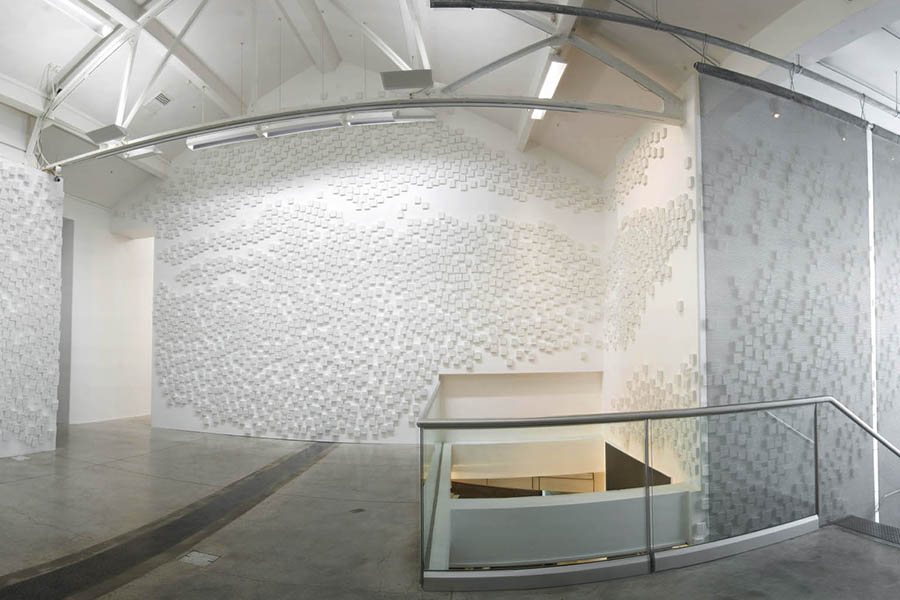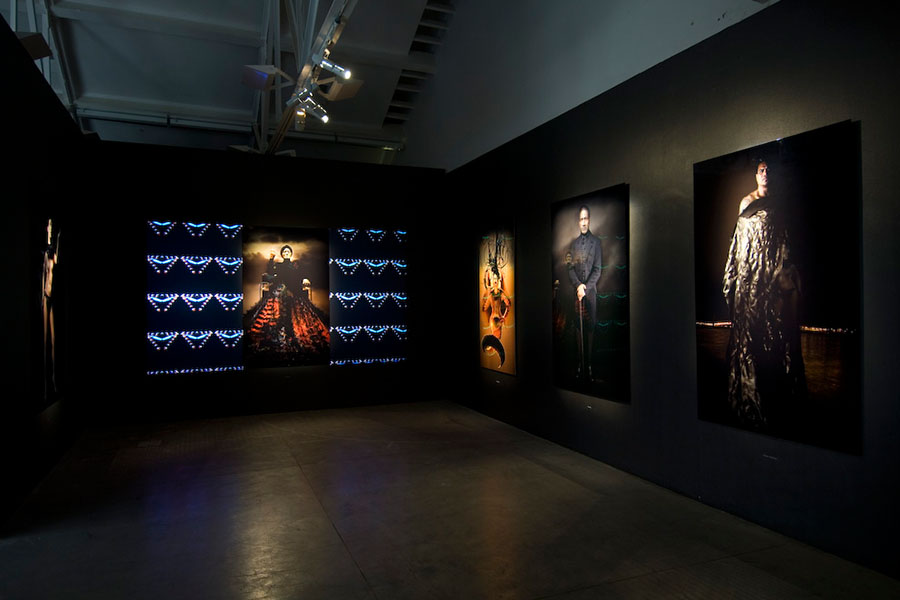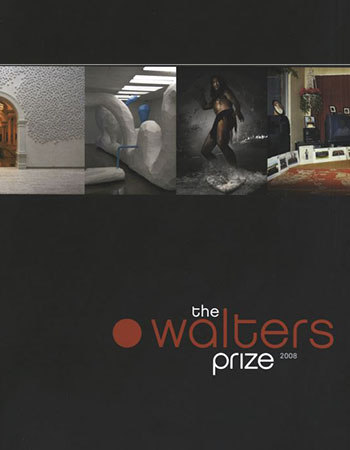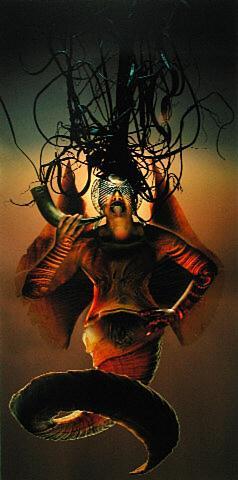—
exhibition Details
Winner
Finalists
International judge
Judge's statement
Jury
Jury's statement
Sponsors
Coordinating curator
Publication
Winner of the Walters Prize 2008
The Walters Prize 2008 was awarded to Peter Robinson for ACK. The winner was announced by the international judge, Catherine David, at a gala dinner on 31 October 2008.
Finalists
- Déjeuner 2007, by Edith Amituanai: first shown at Anna Miles Gallery, Auckland
- Digital Marae 2001–2007, by Lisa Reihana: first shown at Govett-Brewster Gallery, New Plymouth (2007)
- Cloud 2006, by John Reynolds: first shown at the Biennale of Sydney, Art Gallery of New South Wales, Sydney
- ACK 2006, by Peter Robinson: first shown at Artspace, Auckland
International judge
The international judge for the Walters Prize 2008 was Paris-based curator and writer Catherine David. Catherine David, is one of the most groundbreaking curators working in Europe today, having worked at the National Museum of Modern Art at the Centre Georges Pompidou (1982-90), the Galerie National du Jeu de Paume (1990–94) and the Witte de With, center for contemporary art in Rotterdam (2002–04). She is highly regarded for her role as director of documenta X (1994–97) and her acclaimed project Contemporary Arab Representations 1 and 2, produced in association with the Tàpies Foundation (2003). More recently, she was a Fellow of the Wissenschaftskolleg zu Berlin (2005–06), where she worked towards a project entitled Di/Visions: Culture and politics of the Middle East (2007).
Judge's statement
It was a difficult decision because parallel to the jury's efficiency and work, I had the opportunity to see more artists and works than what is seen here…I found that the works by the two I want to say senior, but the major artists with a nerve were extremely strong and both committed to very frontal confrontation with modern tradition, so people were able to interact with anxiety and elegance which is sometimes very difficult, to be anxious and to be elegant...and we had to come to the point that it was very difficult to share the prize , so I had to come back to reality and pick one winner. And the decision is this year is to award the Walters Prize to Peter Robinson.
Jury
The 2008 jury comprised:
- Jon Bywater – then Programme Leader for Critical Studies at Elam School of Fine Art, The University of Auckland
- Elizabeth Caldwell – then Senior Art Curator at Te Papa Tongarewa
- Andrew Clifford – then curator at Gus Fisher Gallery, The University of Auckland, freelance writer and broadcaster
- Rhana Devenport – then director of Govett-Brewster Art Gallery
Jury's statement
In looking at artwork made since the last Walters Prize, we sought to identify those exhibitions that have done the most to focus and to steer the concerns of art and the way it is discussed in Aotearoa New Zealand. The four finalists have done this by making refined presentations reflecting art making strategies that have particular resonance now. For the first time, two artists previously selected have made the final four. Their new bodies of work represent significant developments in practices already noted by previous jurors for their prominence in the national art conversation. A long short list was finally reduced to a swarm of single-word paintings, sculpture that punches its way through a wall, photographs that show us pro rugby players working in Europe, and an installation that depicts the demi-god Maui riding a surfboard.
Edith Amituanai's modest and generous photographs, part formal portrait, part casual snapshot, reflect her engagement with communal and personal rituals, family intimacies and the subtle way traditions mutate. Déjeuner is a layered, insightful commentary on transpositions of a 'third culture' that investigates new global labour and economic exchange systems, enmeshed with the legacy of generations of displacement and migration. Her subjects are New Zealand Samoans who today play professional rugby in Europe. These images – taken 'at home' and 'on the field' in Montpellier, France and in Parma, Italy – offer a powerful insight into the lives newly forged by these elite sportsmen, lives that encompass performance expectations, distant memories of family and a shifting connection to the conception of 'home'.
Lisa Reihana's Digital Marae is conceived as a project that will evolve over a further two decades. Already, though, its combination of originality and surety make it a globally significant landmark in the articulation of indigenous narratives through new media. Large photographs represent Maori ancestral figures as pouwhenua, the carvings or sometimes paintings in a Maori marae. Digital Marae's most recent form incorporated a new suite of male and takatapui (cross-gendered) figures, giving the house they erect within the gallery the gender balance traditional in marae construction. The bold but intricate depictions negotiate the contemporary space of their creation and their ancient subject matter with a cinematic immediacy and allure.
For John Reynolds, playing with scale means working big without becoming weighty. With his 2006 Sydney Biennale work Cloud, he clearly had mastered this game, assembling a silvery field of 7000+ canvases that are both monumental and ephemeral in the way they occupy space, causing viewers to navigate the work as if floating through it rather than being intimidated by it. As subject matter goes, it doesn't get much more ambitious than tackling the identity politics of language by representing an entire lexicon, deriving his text from Harry Orsman's The Oxford Dictionary of New Zealand English 1997. For Reynolds, language is a lot like precipitation, floating around us in a constant state of flux, dispersing and condensing in new ways that can characterise a culture. This continues his ongoing negotiation of the way metaphysical constructs such as language (or mark-making) can manifest in or occupy a landscape, as demonstrated by the signposts of his 2002 Walters Prize finalist work Harry Human Heights.
Peter Robinson's ACK confidently and assertively investigates and animates space, material and form - its exuberant presence engages the viewer in a confrontation verging on physical. Robinson's practice regularly critically examines the structures of cultural politics. ACK, however, adopts a more ambiguous position, offering forms that are at once playful, powerfully raw and seductive. The enigmatic title makes comic reference to the call of a duck and has a fictional German quality that conjures meanings relating to the land and to colloquial expressions. In 2006 ACK occupied Artspace at the same time Robinson's The Humours was shown in the last Walters Prize exhibition. ACK announced itself immediately as a work equally worthy of this award.
Sponsors
Founding benefactors and Principal donors:
Erika and Robin Congreve and Jenny Gibbs
Major donor:
Dayle Mace
Founding Principal sponsor:
Ernst & Young
Founding sponsor:
Saatchi & Saatchi
Coordinating curator
The coordinating curator for the Walters Prize 2008 was Ron Brownson.
Publication
Read the Walters Prize 2008 publication free online via ISSUU
- Date
- —
- Curated by
- Ron Brownson
- Location
- NEW Gallery, Upper level
- Cost
- Free entry
